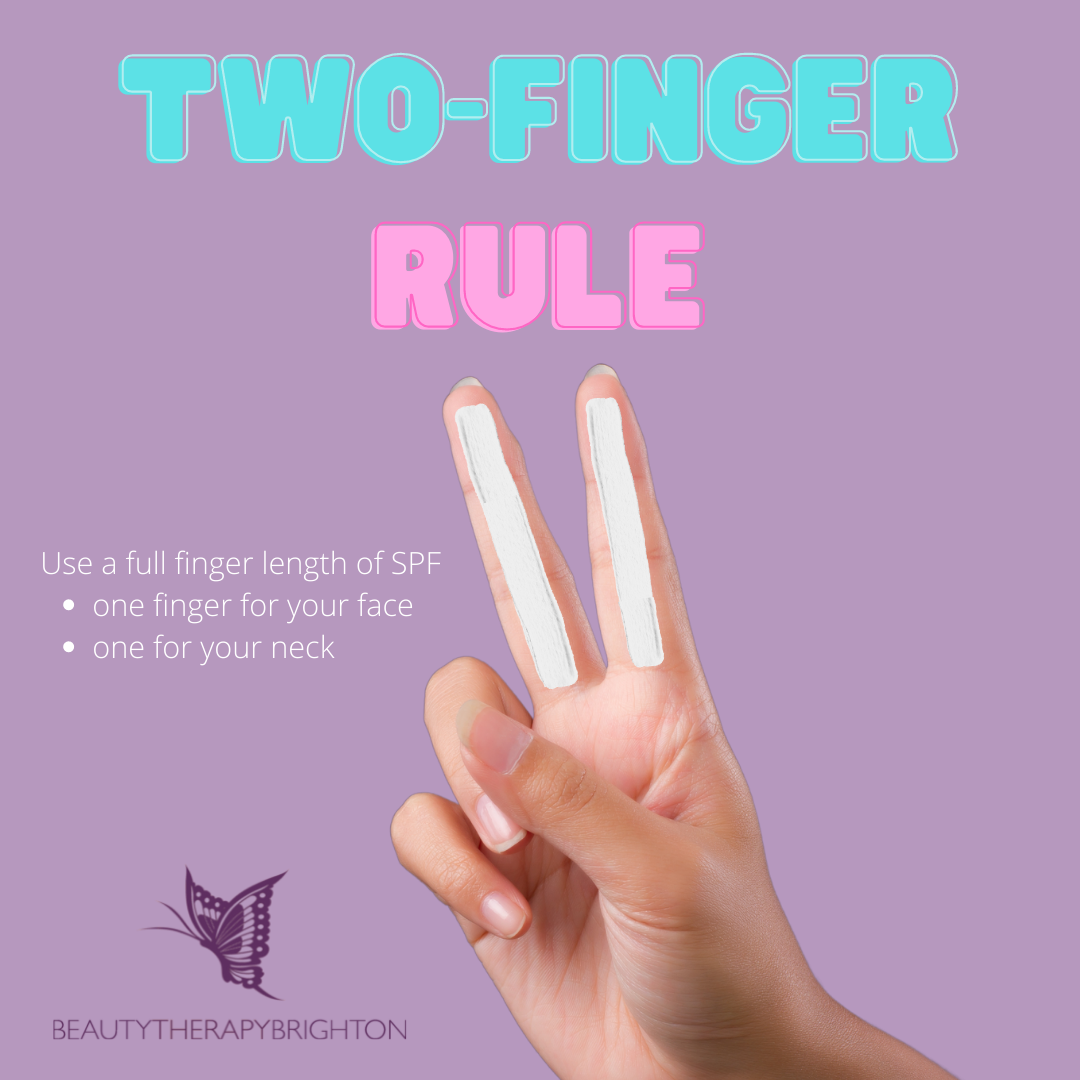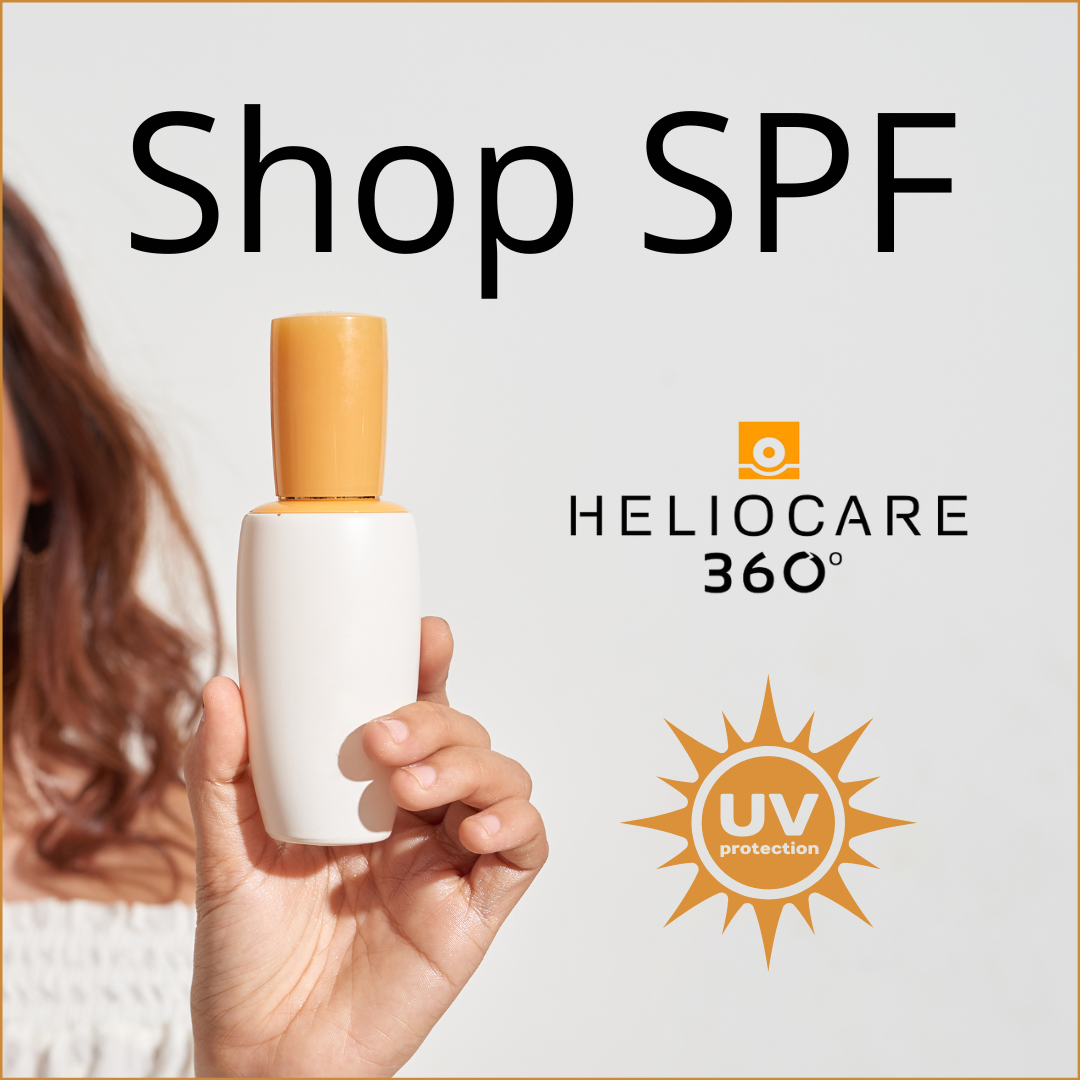
Blog May 2022
Is the SPF in your make-up giving you the protection you need?
More than 80% of skin ageing is caused by UV rays so we want to give you the facts about SPF and, sorry to be the bearer of bad news but…no! Not even close; read on and let me explain.
UVA vs UVB
Often, the SPF in moisturisers or foundation only offers protection from UVB radiation (prevents burning), but it’s just as important to have UVA protection too.
UVA, although it doesn’t cause burning, has some pretty nasty effects on your skin including DNA damage, immunosuppression, and collagen break down leading to premature wrinkles! UVA is responsible for 95% of UV rays, all year round. although it doesn’t cause burning does have some pretty nasty effects on your skin including DNA damage, immunosuppression, and collagen break down leading to premature wrinkles! UVA is responsible for 95% of UV rays, all year round.
Enough product
Unless you really, REALLY cake on the foundation, chances are you aren’t using enough to give sufficient protection… according to the Skin Cancer Foundation, for you to achieve the Sun Protection Factor reflected on a bottle of sunscreen, you should use approximately two milligrams of sunscreen per square centimetre of skin. That’s approximately a full finger length of product for the face and another for the neck. I don’t know anyone that uses that much foundation! So, let’s say your foundation has an SPF15 and you’re using, say, half a finger length of the product. The amount of protection doesn’t just reduce by 50% but likely drops to around SPF4.
So why bother having SPF in make-up & moisturiser?
Think of it as a safety net, for example, if you apply your broad-spectrum SPF, followed by a tinted moisturiser with SPF on top = you’ve created an extra filter for the UV to penetrate and thus increasing your protection. This is good, any extra protection is welcome, especially if you aren’t great at topping up your SPF throughout the day.
How to check if your product has UVA protection
Look for an SPF that says broad spectrum; often, products will display a PA+ star rating to show the level of UVA protection; you should be looking for at least PA++++ or 4 stars to ensure sufficient protection.

What else to look for in an SPF
Most decent SPFs will also contain other antioxidant ingredients to help counter the effects of Visible Light, (including Blue Light) and infrared-A, which has also been shown to cause damage to the skin. Check out our recommended products here.
If you have any questions or need SPF advice, please email us at
